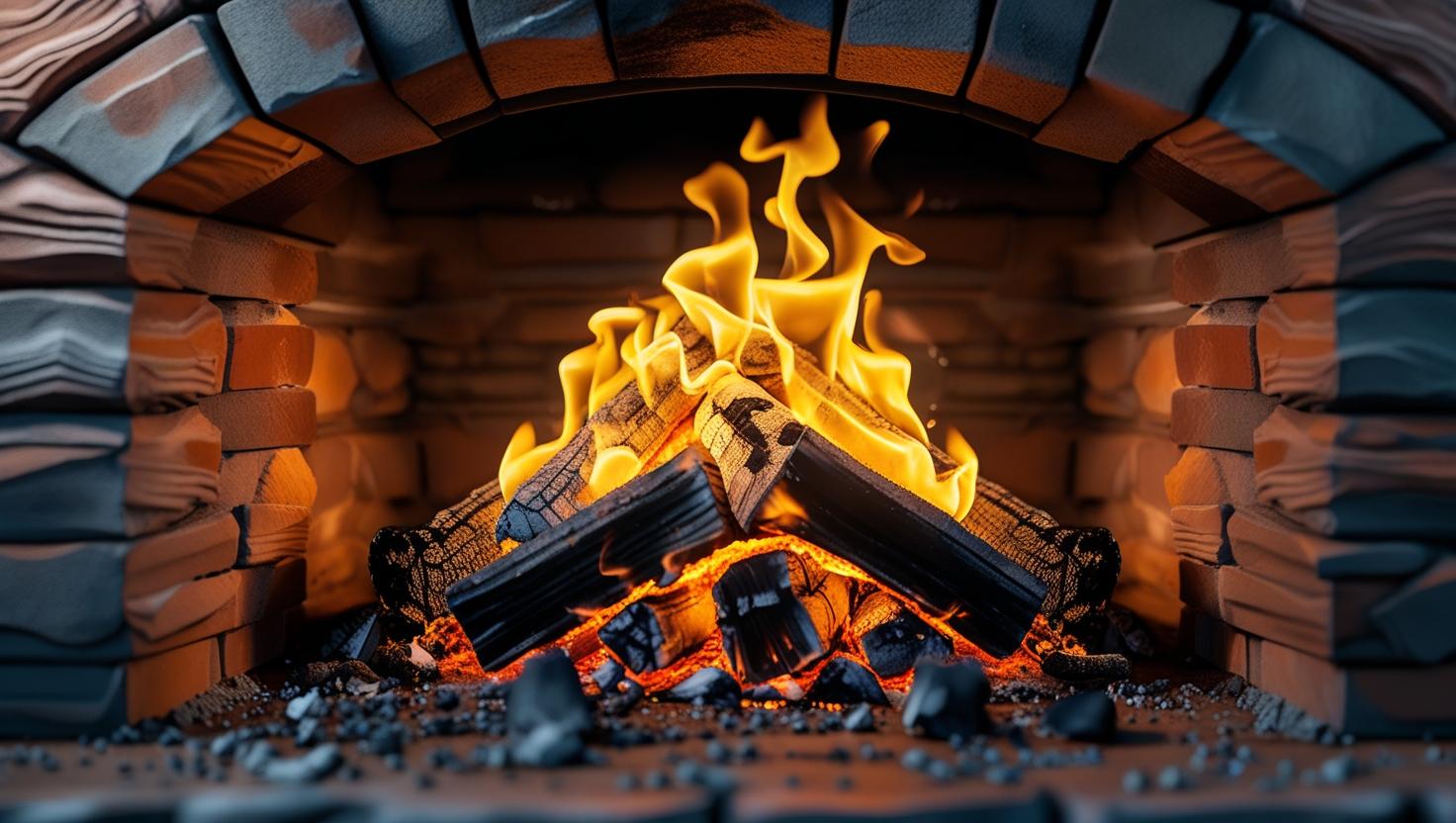As modern consumers seek a balance between aesthetic comfort, energy efficiency, and technological convenience, the hearth market trends is undergoing a significant transformation. Innovations in electric and gas fireplaces are redefining the way people heat their homes and enhance indoor ambiance. These shifts are not only reshaping design preferences but also driving broader hearth market trends globally.
The Rise of Electric and Gas Fireplaces
Historically dominated by traditional wood-burning options, the hearth market is now experiencing a steady pivot toward electric and gas fireplace solutions. These modern alternatives offer cleaner energy use, simpler installation, and user-friendly controls, making them increasingly popular in both new residential constructions and renovation projects.
Electric fireplaces, in particular, have seen a sharp rise in adoption due to their zero-emission operation, compatibility with urban living spaces, and integration with smart home systems. Meanwhile, gas fireplaces continue to appeal to homeowners seeking efficient heat output with minimal maintenance. As efficiency standards tighten and environmental awareness grows, these solutions reflect the latest in hearth market trends focused on sustainability and convenience.
Smart Technology Redefining Hearth Experiences
One of the most significant hearth market trends is the incorporation of smart technology. Today’s consumers expect seamless control over their home environments, and fireplace manufacturers are responding. Wi-Fi-enabled controls, voice integration (via Alexa or Google Home), programmable heat settings, and app-based remote access are becoming standard features in modern hearth systems.
These innovations not only enhance user experience but also allow homeowners to monitor energy usage and adjust performance to match their comfort levels—without sacrificing style. This technological leap is a strong factor behind the shifting dynamics in the hearth market, particularly in urban and digitally connected households.
Download PDF Brochure @ https://www.marketsandmarkets.com/pdfdownloadNew.asp?id=37538589

Design Trends Supporting Modern Lifestyles
The aesthetic value of fireplaces has evolved as much as their functionality. Minimalist designs, frameless installations, and customizable flame effects are part of current hearth market trends aimed at contemporary interior styles. Gas and electric fireplaces are no longer just heating appliances—they are lifestyle statements that combine form with function.
With the popularity of open-concept living, linear fireplaces and wall-mounted units are gaining traction. Many consumers are also choosing fireplaces as focal points in outdoor living areas, further diversifying the applications and reach of the modern hearth.
Sustainability as a Driving Force
Environmental concerns and energy regulations are playing a critical role in shaping hearth market trends. As governments tighten emissions standards and consumers grow more eco-conscious, the shift away from wood-burning units is accelerating. Electric fireplaces, which produce no direct emissions, are becoming a preferred solution for green buildings and LEED-certified developments.
Gas fireplaces are also benefiting from improved efficiency ratings and low-emission technologies, which align with carbon reduction goals in residential and commercial properties alike. This sustainability shift is expected to have a long-term impact on product development and purchasing decisions across the global hearth market.
Regional and Global Outlook
The hearth market is witnessing notable expansion in North America and Europe, where cold climates, home renovation trends, and high disposable incomes support sustained demand. Meanwhile, in Asia-Pacific, rising urbanization and increased investment in residential infrastructure are beginning to influence hearth market trends in favor of compact, energy-efficient solutions.
As electric and gas fireplace innovations continue to spread globally, manufacturers are focusing on modular designs and customization to meet the diverse needs of regional markets.
Conclusion: A Market Fueled by Innovation
The transformation of the hearth market is unmistakably driven by innovation in electric and gas fireplace technology. From smart features and sleek aesthetics to eco-friendly operations, these advancements are shaping the future of home heating and décor. As hearth market trends evolve alongside consumer expectations, the industry is poised for continued growth, particularly among manufacturers and retailers who prioritize innovation, sustainability, and design.
FAQ: Innovation and Hearth Market Trends in Electric and Gas Fireplaces
1. What is driving the current transformation in the hearth market?
The shift toward electric and gas fireplaces is a major factor transforming the hearth market. Innovations in smart technology, cleaner energy use, modern aesthetics, and consumer demand for low-maintenance heating options are shaping key hearth market trends globally.
2. Why are electric fireplaces gaining popularity?
Electric fireplaces offer zero emissions, ease of installation, compatibility with urban housing, and smart control features. These benefits align with modern hearth market trends such as sustainability, energy efficiency, and smart home integration.
3. How do gas fireplaces fit into current hearth market trends?
Gas fireplaces provide high heat efficiency with low emissions and less mess compared to wood-burning units. They’re ideal for homeowners looking for functional yet stylish heating options, reinforcing broader hearth market trends around clean energy and convenience.
4. What smart features are being integrated into modern fireplaces?
Wi-Fi connectivity, mobile app control, programmable thermostats, voice assistant integration, and energy monitoring are becoming common in electric and gas fireplaces. These innovations support the rise of smart homes, a key driver in current hearth market trends
